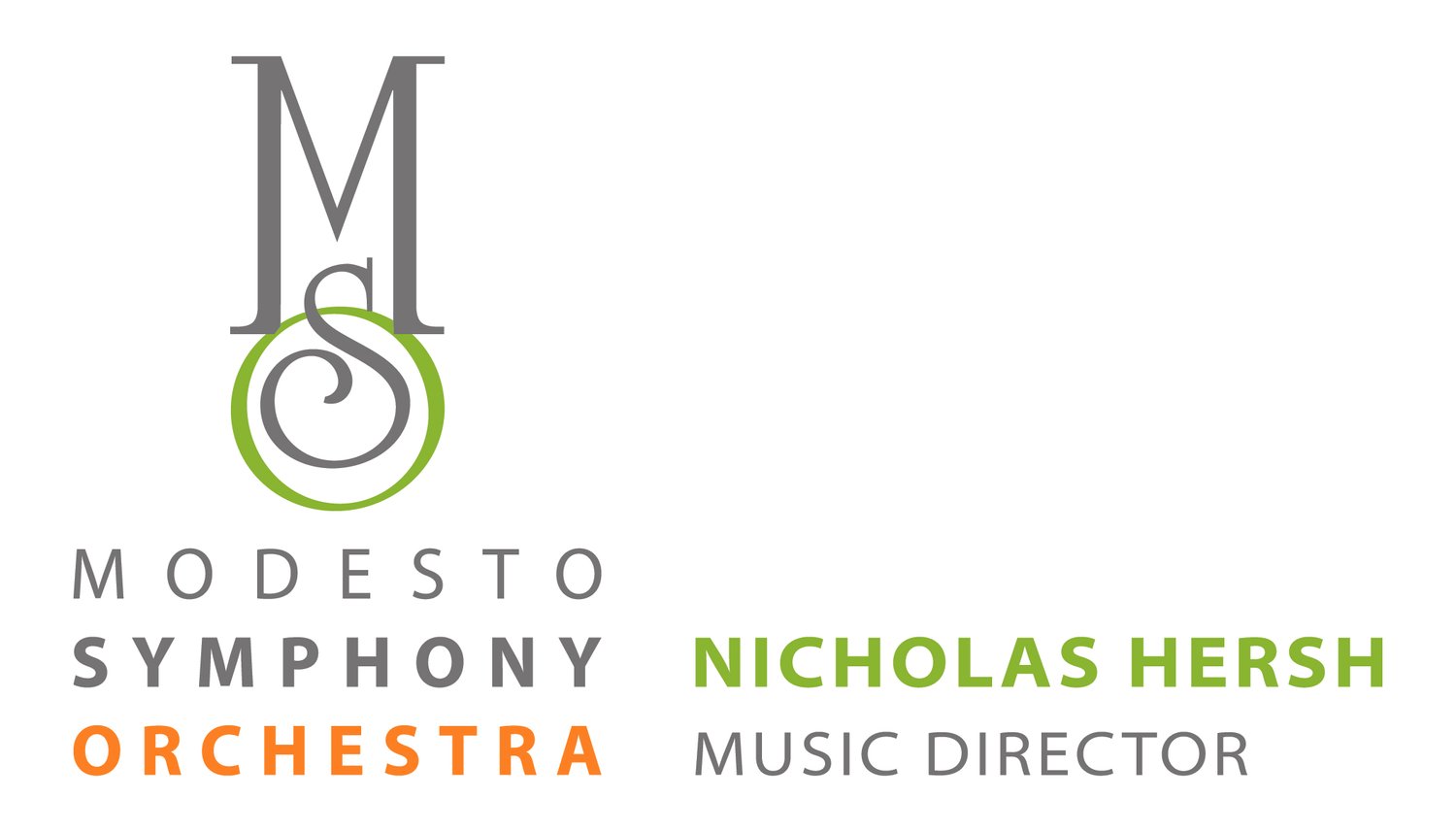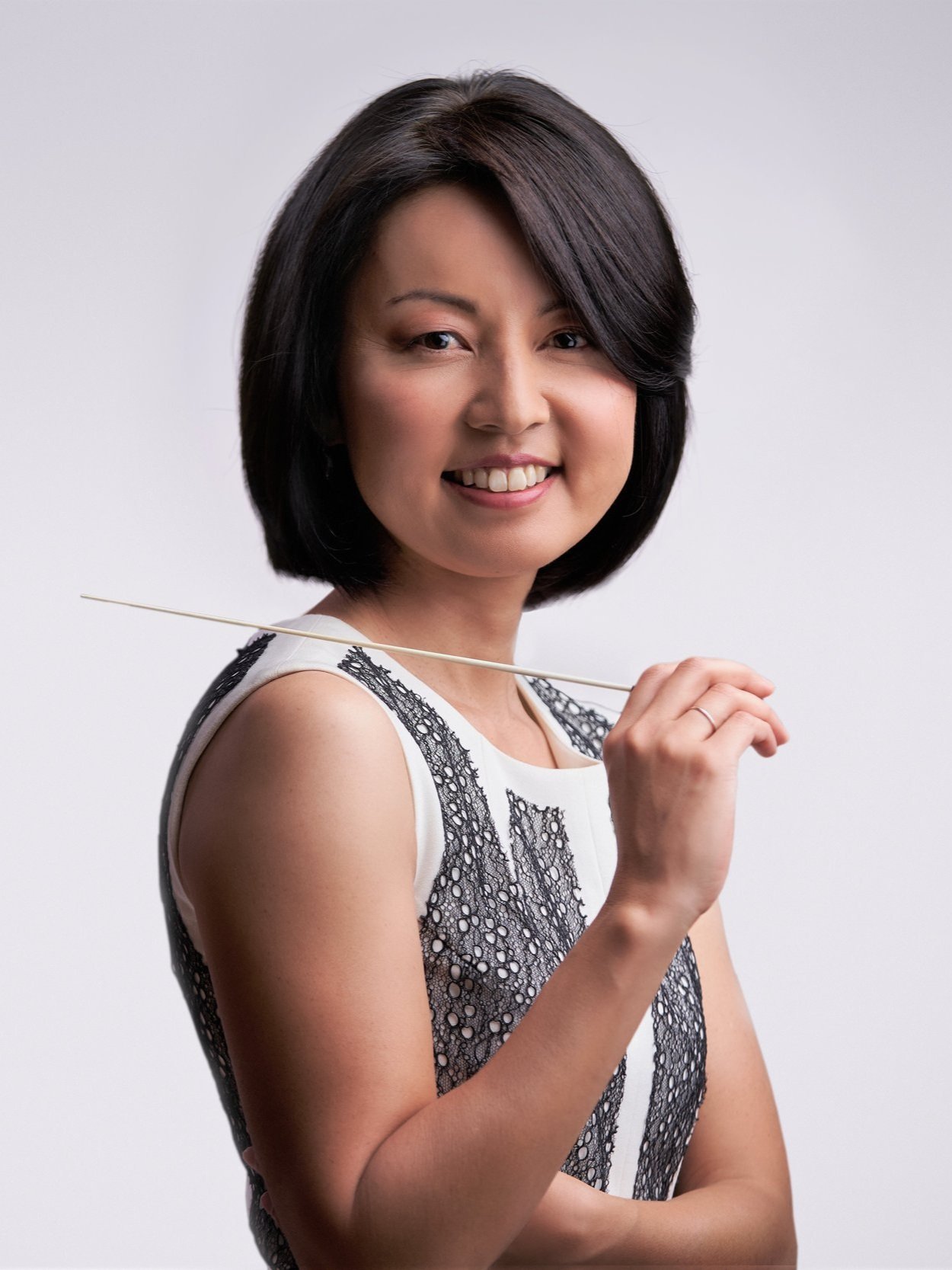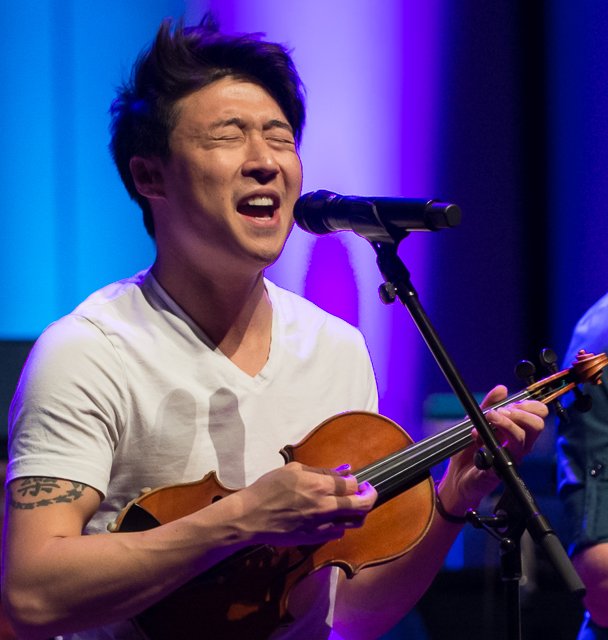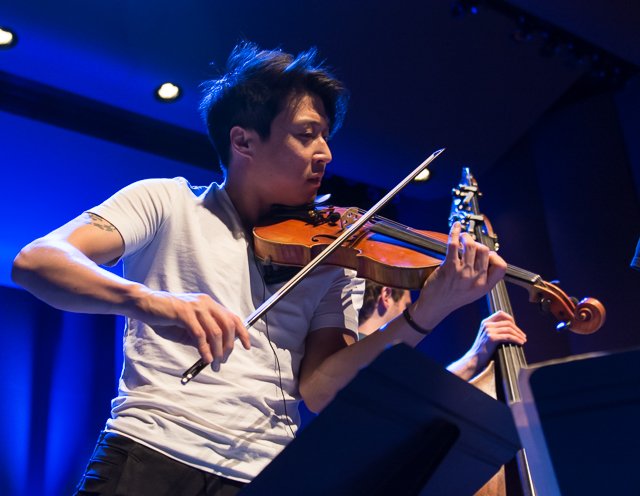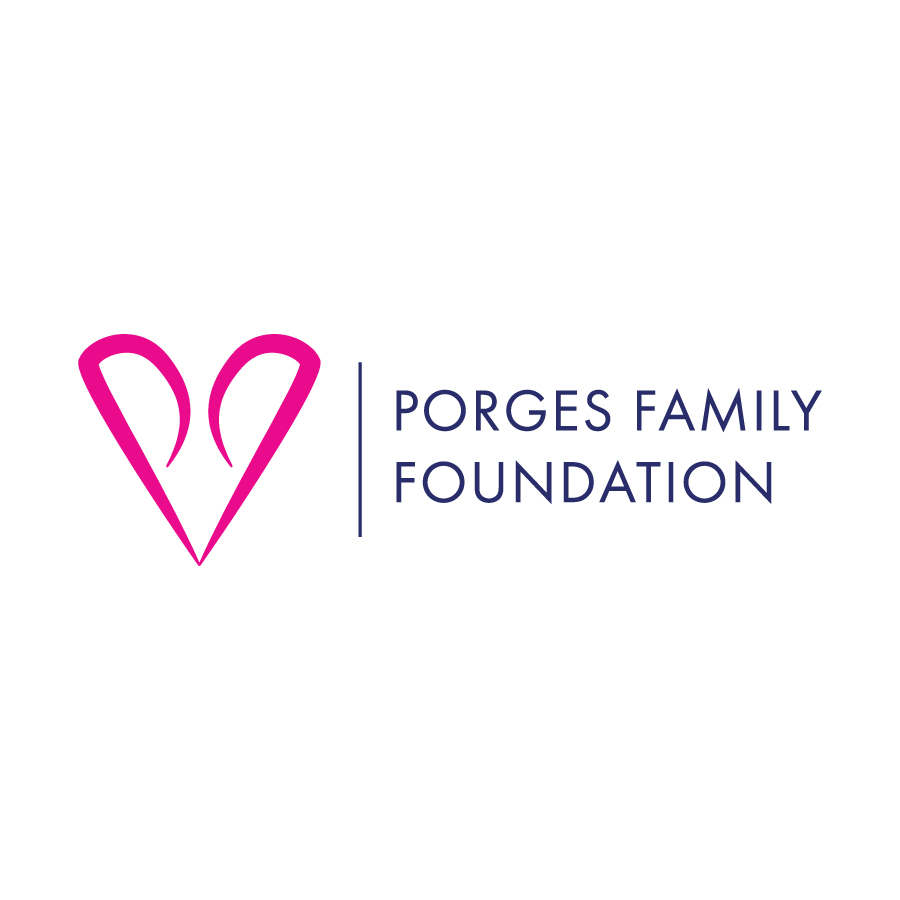March 4 & 5: Korngold & Dvorak
A Conversation with Akiko Fujimoto!
Having just had her San Francisco Symphony debut on February 17th, conductor Akiko Fujimoto will lead the MSO in March as they perform works by Walker, Korngold, and Dvorak. The MSO is very excited to invite Akiko Fujimoto to meet our audiences in here Modesto!
MSO: Can you tell us a bit about George Walker’s Lyric for Strings, and why you chose to program it into this concert?
Akiko Fujimoto: I thought the lush lyricism of this work would be a good match for the Dvorak, yet they were different enough from each other in the styles, time periods they were composed in and the instrumentation (the Walker is strings only) that they provided contrast. I also felt what they “hugged” the Korngold in the middle very well.
MSO: This is the first time the MSO will be performing a piece by George Walker and we’re excited to introduce his music to the community. Is diversity important to you when programming a concert?
George T. Walker, composer
AF: Of course! Every program needs contrast and diversity unless it is comprised of one long work. Each composition is unique in its language, background and characteristics, and the challenge is in grouping them together in a way that they create the best experience for the audience. I am thrilled to be able to introduce to the MSO audience this important American composer, performer and educator who straddled the 20th and 21st centuries. I think our worlds expand when we add a new composer to our repertoire of listening and performing. It is like meeting a new person – you are stimulated by what they bring to your life that is new and at the same time comforted by what you have in common as people. Some people compare this piece to Samuel Barger’s Adagio for Strings. If you love the Barber, perhaps you will have that experience when you “meet” the Walker.
“I think our worlds expand when we add a new composer to our repertoire of listening and performing. It is like meeting a new person – you are stimulated by what they bring to your life that is new and at the same time comforted by what you have in common as people.”
MSO: Korngold, best known for being one of the most influential founders of Hollywood film music, brings a sense of imagery and imagination to all of his work, especially his Violin Concerto. When you listen to this concerto, what sort of imagery plays in your mind?
AF: I see this piece as a great piece of absolute music (as opposed to “program music” which is meant to tell a story) because it is very classical in its structure, just masterfully crafted and extremely virtuosic. If Korngold’s music sounds visual and imaginative to us, that is absolutely because he was one of the forefathers of the Hollywood sound, so he was responsible for much of what we associate today with film music. In this concerto he did use themes from his own soundtracks to movies such as the Prince and the Pauper (1937), Juarez (1939) and Anthony Adverse (1936). They are incredibly evocative of all the actions we love in movies, especially romance and swash-buckling adventures.
MSO: You’ve recently worked with our guest artist, Charles Yang back in October 2021, what was that experience like and how excited are you to be working with him again for this concert?
AF: Charles Yang is simply a magician and the perfect person to play this concerto because he, like Korngold, can straddle different worlds and create something extraordinary out of them. I am extremely excited to work with Charles again.
MSO: Can you tell us a bit about Dvořák’s Symphony No. 8, and how it ties together with the Walker & Korngold?
AF: As I said earlier, I felt that the lush lyricism is a common denominator to these 3 pieces, yet they are all different. Dvorak’s 8th Symphony is a work that is very close to my heart. If his 9th Symphony “New World” is his American symphony, the 8th is his Bohemian symphony. He was from Bohemia, and this symphony is his ode to Bohemia, with references to sounds of its nature and dances, as he was a firm believer that a cornerstone of any culture’s music was that of its native folk music. This symphony also has all the hallmarks of great Czech repertoire: rhythmic energy, a little bit of exoticism, and a touch of melancholy and longing. It is probably one of the most exciting and lovable symphonies of all times, and I am excited to perform it with the MSO.
“This symphony also has all the hallmarks of great Czech repertoire: rhythmic energy, a little bit of exoticism, and a touch of melancholy and longing.”
MSO: Congratulations on your debut with SF Symphony (conducting Price’s Symphony No. 3, Feb. 17-19), and you’ve conducted in Virginia, Minnesota, and now being the music director of Mid-Texas Symphony! What has your experience been like working with orchestras all over the country? Are there any cultural or regional differences that are amusing or interesting to you?
AF: Each orchestra absolutely is unique and reflects that region and the people in it. While all orchestras share in our love for the traditional symphonic repertoire, the way we present them is different depending on where we play, and who is playing in the orchestra, and who is listening in the audience. As a conductor, it is a fun challenge to try to be the best matchmaker possible between the vast symphonic repertoire and each organization. Of course, I do not know Modesto or the MSO…yet. So, for this concert, I did my best by doing a search on what else was being played this season, which tells you quite a bit about an organization, and gave it my best stab, so to speak, keeping the Korngold in mind.
Akiko Fujimoto conducts the San Francisco Symphony in Florence Price’s Symphony No. 3. Photo: Stefan Cohen, SF Chronicle, Feb. 2022
MSO: You studied at Stanford University for your Bachelors, and now just performing with SF Symphony, what is it like being back in California? Do you have any fond memories of being in California?
AF: I just came back from the week in San Francisco and am so excited that I get to go back to Northern California so soon again. When I was a college student, I didn’t venture out of campus too much. As an adult, I am so much more curious and have a lot more appreciation for the characteristics of each different state and region, so I feel I am rediscovering it all over again. I have missed the openness of the Californians and feel very comfortable being back in the state.
MSO: Do you have any fun plans outside of work while being in Northern California? (Sights to see, places to you have to eat at, etc.)
AF: I did a lot of walking around the city last week and took in as much landscape, architecture, and cuisines I could, but I know there is so much more, and of course each corner of the region is very different. I look forward to visiting Modesto in a few weeks and getting to know it.
MSO: What upcoming performances/projects are you looking forward to in the near future?
AF: One of the projects I am looking forward to is conducting the world premiere of a new work by composer Tania Leon in my debut concerts with the Arkansas Symphony. As a bonus, I am very excited to conduct in my new home state – I now live about 40 minutes away from Little Rock, which will be the shortest commute by far this season!
MSO: Why do you believe the Symphony or live performances are still relevant and important to attend?
AF: Because the symphonic music offers the widest, broadest, and deepest range of expression for the human experience, and we need to share in that today, perhaps more than ever.
Meet Akiko in Modesto!
Come watch Akiko conduct your MSO this March 4th & 5th at the Gallo Center for the Arts!
